Message
The LVNS RESILIENCE PROJECT involves various companies and
institutions that are working together in teams.
Organizer
| Leave a Nest Co., Ltd. President Group CEO Yukihiro Maru |
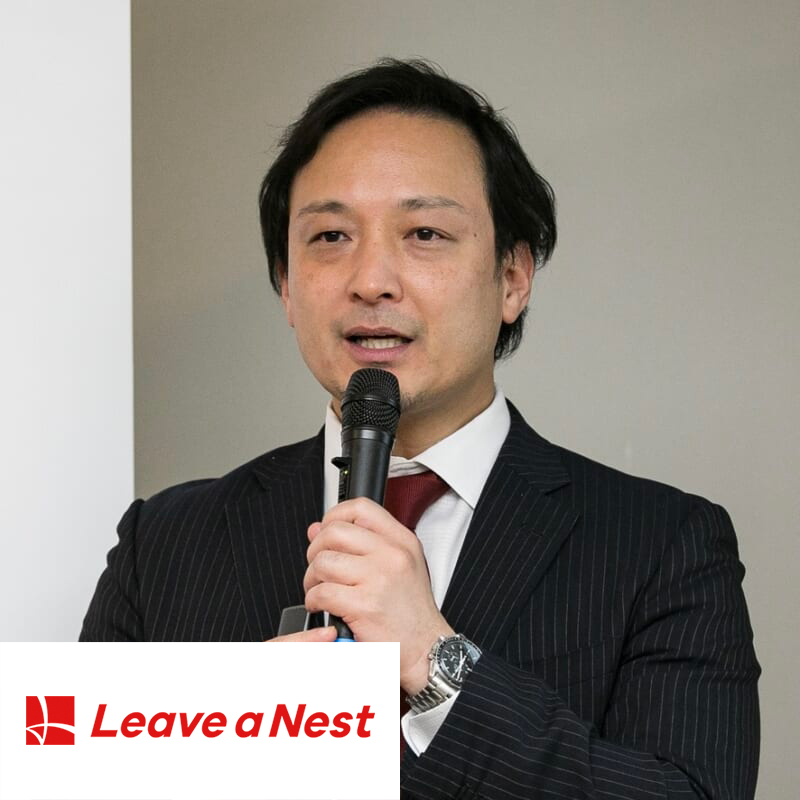 |
During the Noto earthquake, our fellow startups rushed to the disaster area with a strong desire to help, without being instructed by anyone. They are our alumni from TECH PLANTER program. However, while the technology of each company has matured, Japan still lacks a system that functions as a social system and connects normal times with emergencies. Furthermore, not only in Japan but also when we look at the world, there are many other challenges such as fires and floods. Through this project, we develop deep-tech in Japan spread to the world. |
Corporate Partners
| Masamichi Uchiyama, Manager, Marketing Section, Corporate Strategy Office, Aqua Clara Co. |
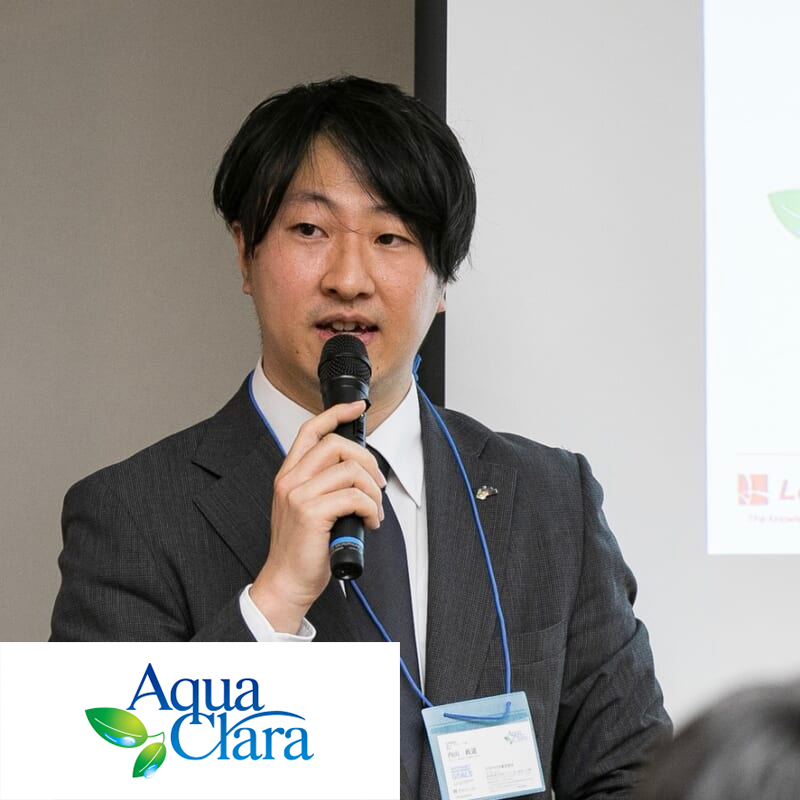 |
We franchise the home water delivery business, which covers the entire process from production of bottled water to sales and home delivery. Because of our nationwide franchise, we have an environment where we can produce water anywhere with the cooperation of local companies in case of emergency. In times of peace, the advantage is that people can use the rolling stock concept of always having a certain amount of food and drink stockpiled at home without any discomfort. We would like to create a business rooted in infrastructure together with people who have the technology. |
| Tatsuo Abe, Group Manager, R&B Promotion Center, Planning Division, Canon Marketing Japan Inc. |
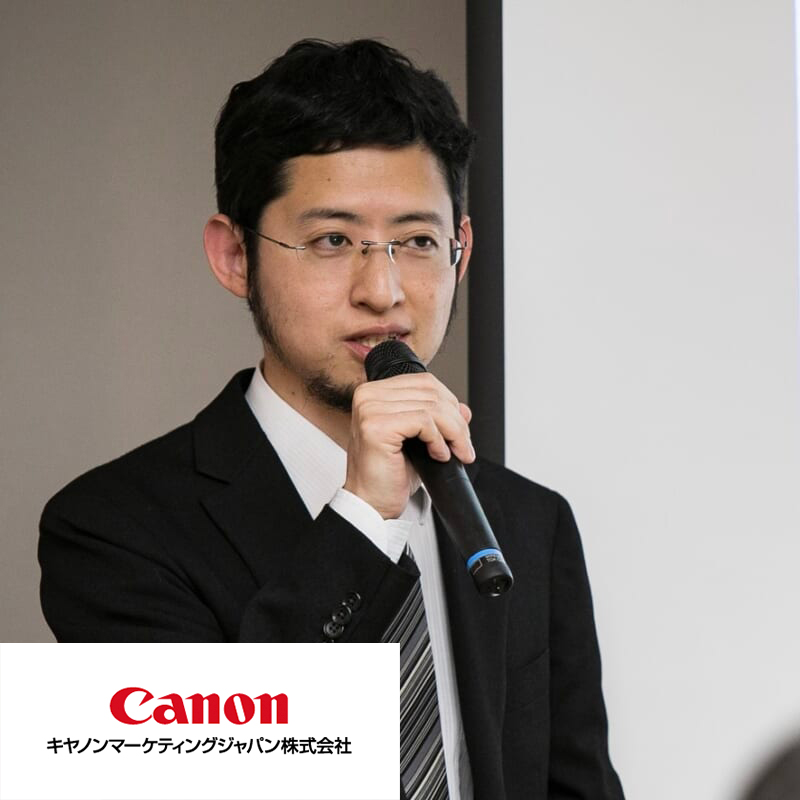 |
New this year, we have set "Connecting Ideas and Technology to Pioneer a Future Beyond Imagination" as our Purpose. To lead this effort, we have established the R&B Promotion Center and have begun to consider the resilience area as one of our business concepts. We believe that through R&B (Research & Business Development), we can provide a wide range of support from business development planning to exit sales services. Through this project, we would like to create a resilient society while making friends. |
| Hiroyuki Takeshima, Executive Officer, Deputy General Manager of Marketing Division, East Japan Railway Company |
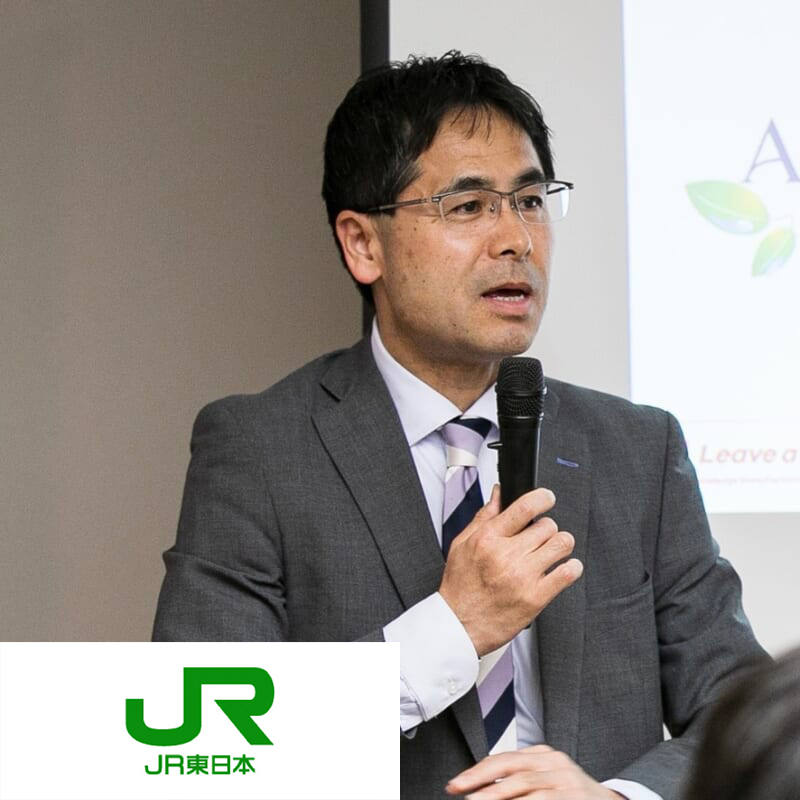 |
When the Noto Peninsula earthquake occurred, we provided Suica and card readers to Ishikawa Prefecture, and linked the personal information registered by evacuees to Suica, leading to a system for monitoring the situation at evacuation centers and streamlining the support of supplies. It was a new discovery for us. I believe that when we team up with startups and various people, we can create various solutions. Let's multiply various places in the JR East Group and realize solutions to problems. |
core technologies
| WOTA CORP. President and CEO Yosuke Maeda |
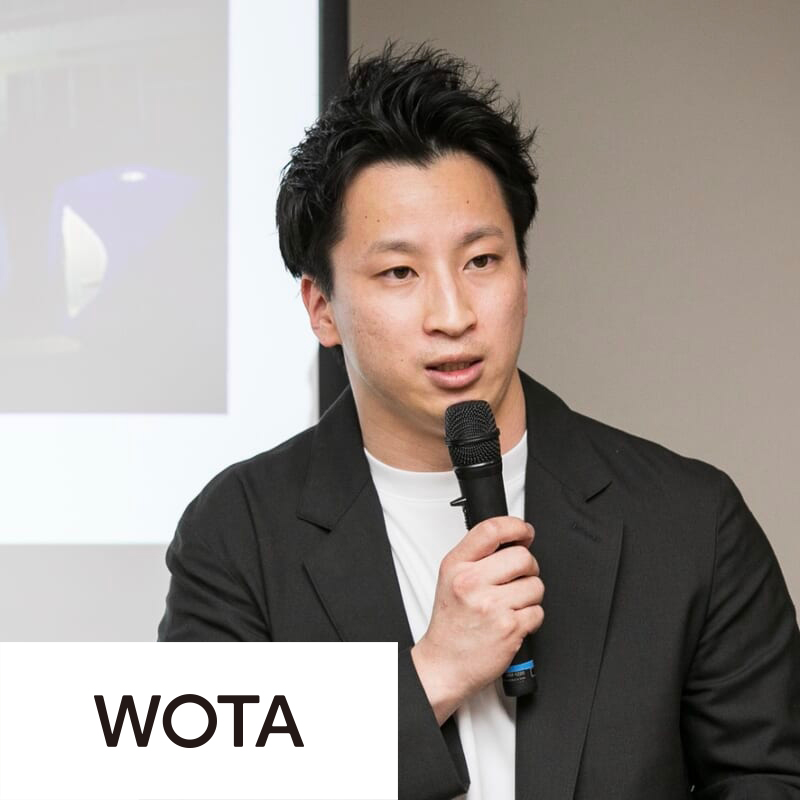 |
WOTA Corp. is developing small-scale, decentralized water recycling systems that enables water use in situations where waterworks are not available. In response to the Noto Peninsula Earthquake, the company received requests from Ishikawa Prefecture and six cities and towns, and started providing private shower and handwashing stands from January 4th, achieving coverage of almost the entire Noto Peninsula by the end of January, and is still continuing to provide them. However, there is a significant lack of measures for “national-level disasters” such as the Tokyo Metropolitan Area Earthquake and the Nankai Trough Earthquake, which are anticipated to cause water shortages hundreds of times greater than in the Noto Peninsula. It is necessary to develop a social system to ensure access to water in times of disaster while keeping costs down. |
| ACSL Ltd. Head of Business Development Unit Daisuke Sasaki |
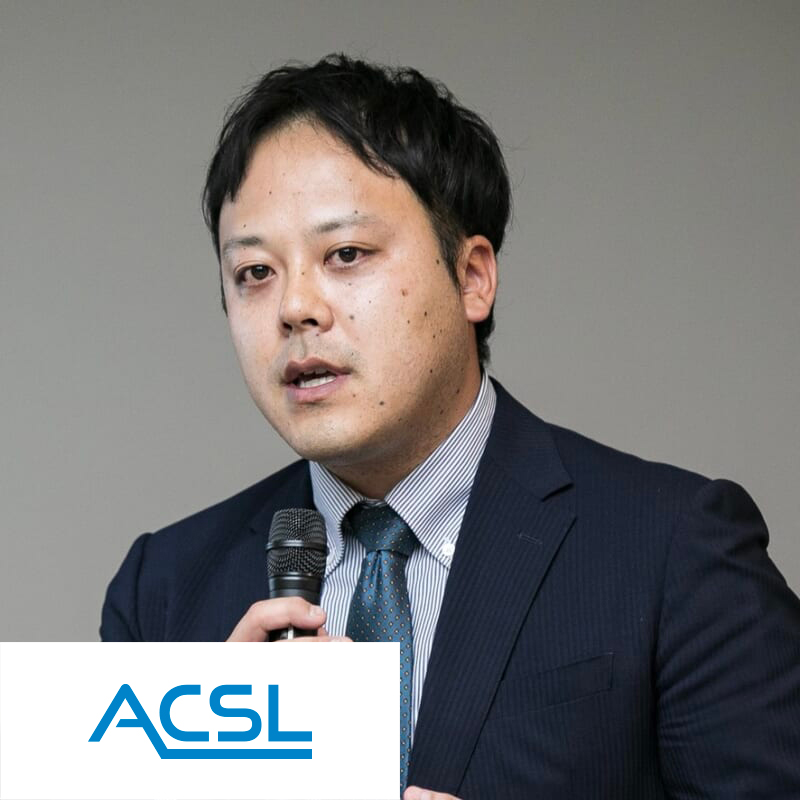 |
In response to a request from Wajima City after the Noto Peninsula earthquake, we conducted on-site activities. Before we delivered medicine by drone, the Japan Self-Defense Forces (JSDF) and local residents had been obtaining medicine on foot. By using drones as an alternative approach, we were able to free up their time for other tasks. Additionally, with challenges in land-based logistics, we conducted aerial surveys to see if ships could dock at the port. We aim to address various challenges using such technologies. |
| e6s Co., Ltd. President Masamitsu Takanami |
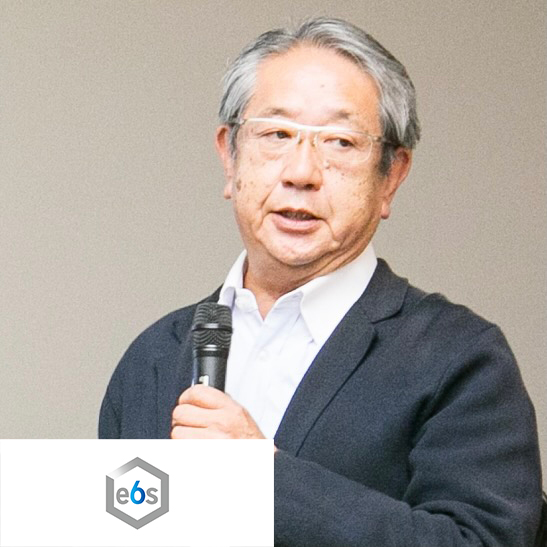 |
I have commercialized what I have been researching at university since the 3.11 earthquake. Toilet has been out of the theme of disaster response in the past, but I believe that the importance of toilets has been re-recognized due to the Noto Peninsula Earthquake. When a disaster strikes, 90% of people want to use a toilet within 12 hours, yet the probability of receiving temporary toilets within 3 days remains at 34%. The e6s can be used as a regular flush toilet during normal times and can be switched to a self-sustaining independent toilet in times of disaster. Currently, we are active in Fukushima, but we aim to expand across Japan and around the world. |
| Environmental Microorganism Research Institute, Co., Ltd. President and CEO Yasunori Baba |
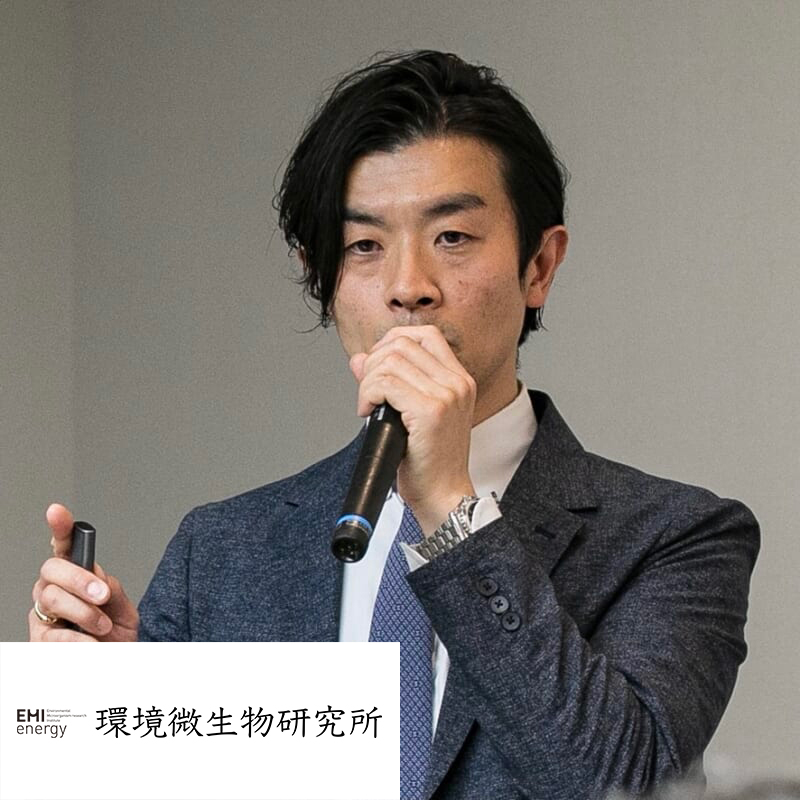 |
I have experienced the disaster of 3.11 (the Great East Japan Earthquake). At that time, there was no warm food, no light, and no contact with my family in the evacuation center, but there were weeds. I thought that a device to produce methane from these weeds would be a great help to the evacuees. However, weeds are difficult to ferment into methane. Therefore, we focused on the microorganisms in the stomachs of cows and developed the world's first highly efficient methane fermentation using cow gastric juice (rumen microorganisms). Therefore, we focused on microorganisms in the stomachs of cows and found the world's first highly efficient methane fermentation using cow gastric juice. For example, if this device is installed in a supermarket, it can be used to power the store during normal times, and in times of disaster, it can be used to cook food and charge smartphones, making it a disaster prevention center. I am aiming for such a world. |
| Challenergy Inc. President and CEO Atsushi Shimizu |
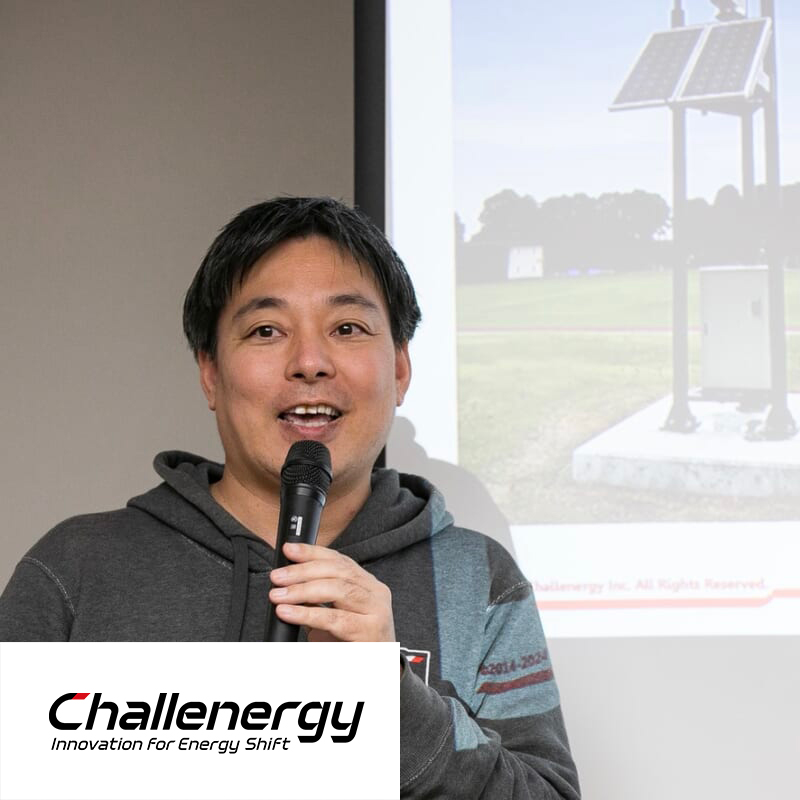 |
After the 3.11 earthquake, I started individual activities aiming to innovate in wind power generation. I won the Grand Winner at the very first TECH PLANTER and started a company, which has now been in existence for 10 years. The micro wind turbine we are currently developing can generate power in light breezes or even blizzards, making it suitable for various environments. As the product is finally coming together, I feel it can be used for disaster prevention. Through this project, I want to create a model case for how to utilize electricity in disaster-stricken areas and demonstrate its usefulness in disaster sites. Since many other venture companies’ products also rely on electricity, I believe we can contribute to those as well. |
| Terra Lab Co., Ltd. Sales Strategy Department Keiichi Aramoto |
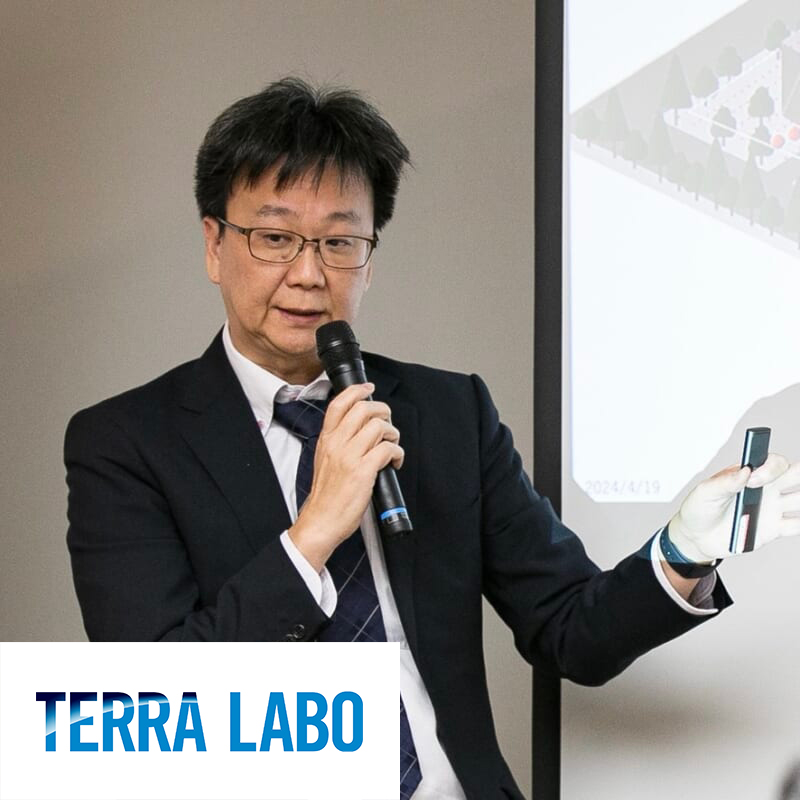 |
After the 3.11 earthquake, a company was established with a strong awareness of the challenge that data utilization using geographic information systems (GIS) has not advanced. We are conducting R&D on long-distance unmanned flights, enabling aerial photography even in peacetime and establishing a system that allows for immediate on-site photography in emergencies. I heard that it took time to collect information on the size of cracks in roads and the passability of vehicles during the Noto Peninsula earthquake. With our technology, it is possible to acquire comprehensive and detailed 3D data over a wide area, enabling the identification of road cracks, passable routes, and even collapsed buildings. We will work on promptly storing the acquired data in the cloud so that everyone can use it. |
| Ridge-i Inc. President and CEO Takashi Yanagihara |
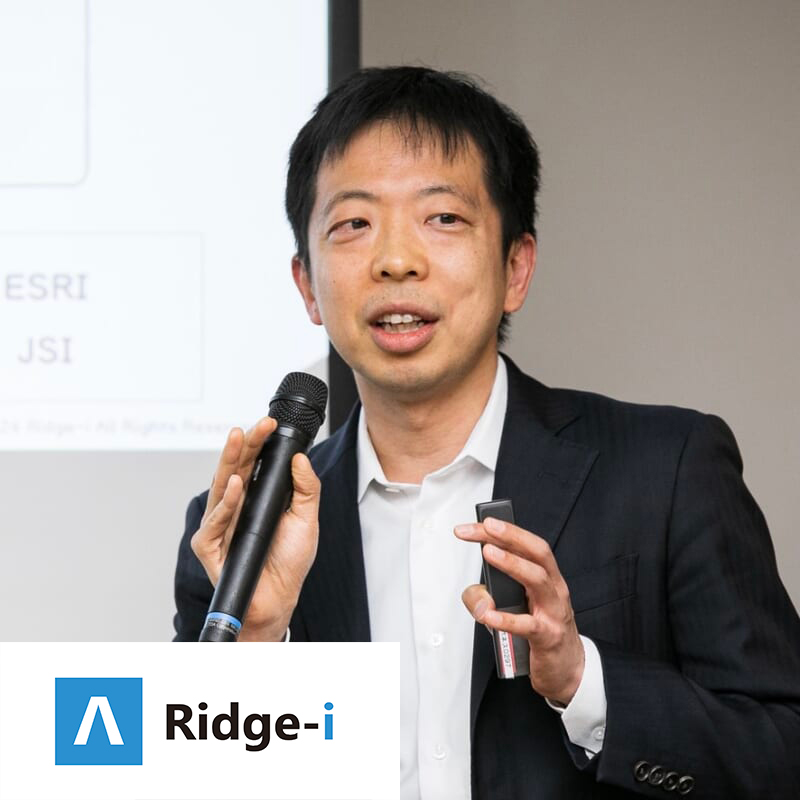 |
By combining satellite data utilization and AI analysis, we are developing solutions that enable fast and accurate situation analysis, such as landslides, building collapse due to conflicts and disasters, and visualization of marine debris. Recently, we have developed a wide-area change detection AI that analyzes low-resolution and high-resolution images at multiple scales. This AI has been used to analyze global geo-physical changes, situation in conflict zones that are difficult to enter, and update GSI's maps. These technologies will also be used in the framework of resilience. We also believe that combining them with drone data will enable us to provide comprehensive aerial support. |
| Liberaware Co., Ltd President and CEO Min Hongkyu |
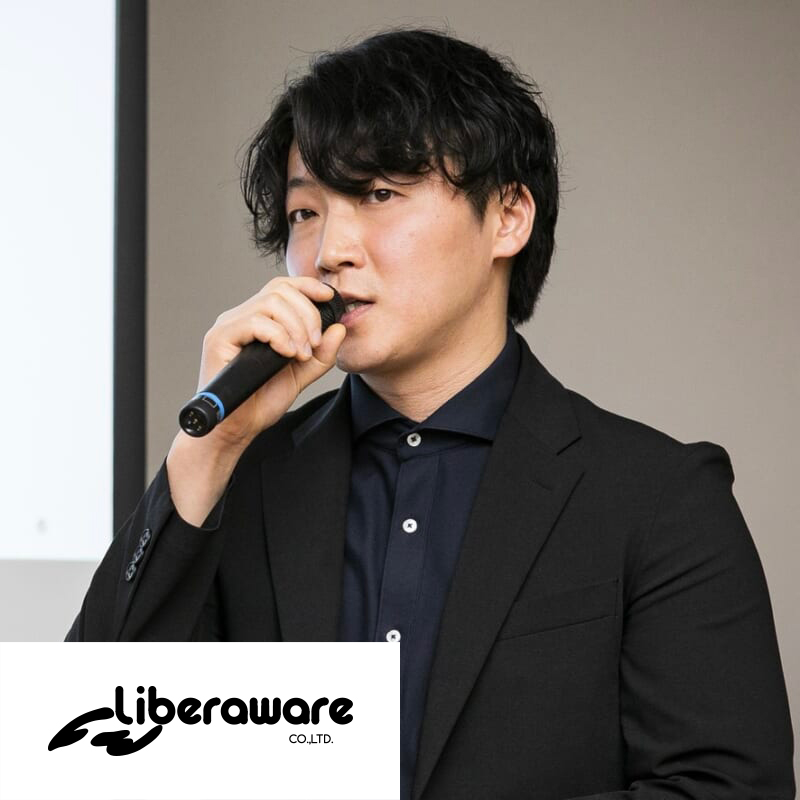 |
In 2013, I was involved in a project at university to use drones to investigate inside a nuclear reactor. At that time, the technology was not advanced enough, and the project ended with just a demonstration experiment because the drones were too large. Feeling frustrated by this, I decided to establish a company with the goal of developing a drone that could be used in the field. It took 11 years, but we finally succeeded in inspecting the inside of a nuclear reactor recently. In response to the Noto Peninsula earthquake, we entered the affected areas and conducted inspections in collapsed houses, shopping malls, commercial facilities, and boiler interiors. I believe that if we had been able to act more quickly and had a well-established system for using technology, we could have done much more. We have established a joint venture company with East Japan Railway Company and store data collected from devices such as mobile phones in the cloud as 3D data. We aim to visualize invisible risks in Japan's infrastructure and create a safer society. |
Academia team
| In-Spector Jaewon LEE , Yuya Takeda , Rintaro Tomita and Junichiro Takahashi |
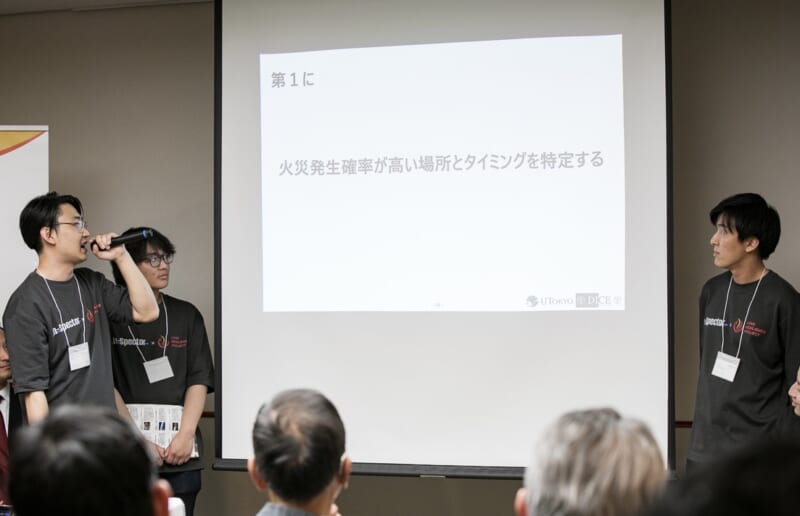 |
We are developing a system to prevent large-scale forest fires using real-time satellite image processing. Every year, an area of forest equivalent to the entire territory of South Korea disappears, and these large-scale forest fires emit enormous amounts of CO2, accelerating climate change. Through this project, we aim to detect high-risk areas and predict the timing of wildfire occurrences in advance, establishing a system for early fire prevention and suppression, thus contributing to the global environment. We hope to contribute not only to preventing natural disasters in Japan but also around the world. |













